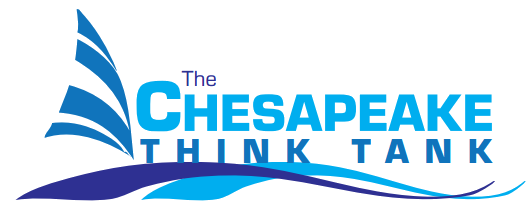

Previously, we talked about Advisory Boards and how business owners can bring on a team of experts to offer insight and advice for their business, depending on the specific pain point. Alternatively, there are Business Advisory Boards (also known as Peer Advisory Boards). The primary difference is that instead of a group of specific “experts” (i.e. financial experts, operations experts, etc.) the board is composed of other business owners and peers with similar-sized businesses. Typically, these businesses are in different industries to avoid competitors in the room. It has been found that people are more likely to be open and honest if they don’t have competitors listening and comparing. Business Advisory Boards (BAB) can be upwards of 20 people and it’s not tailored for one specific owner, but instead serves all the owners in the room. Everyone is an advisor for everyone else and therefore there is a bit more focus on issues that are affecting all. If a BAB member has a hurdle, the group will issue process that problem. Owners often end up gleaning more than expected because there’s a group of people in the room with a lot of different experiences sharing their thoughts and knowledge.
Naturally, there is growth happening for all members when an issue is being processed:
– Issues are being heard and dealt with. You’re learning from issues others are experiencing.
– It may not be your issue today…. but it could be your issue tomorrow.
– You’re relating it to issues in your business you never thought about before.
A bonus from the BAB group is that they can serve as accountability partners. If an owner shares with the group their plans to execute something or goals they created; the group can serve as support and motivation to help reach those goals.
BABs are great brainstorming mechanisms, accountability partners, and natural inspiration facilitators as members hear and learn from each other. They feel each other’s pain points and celebrate each other’s successes.
At the Chesapeake Think Tank, we’ve taken the power of these BAB groups and turned it up a notch. Tune back in for Part 3 to hear how we’ve taken steps to further improve the experience.
Copyright 2023 | Chesapeake Think Tank